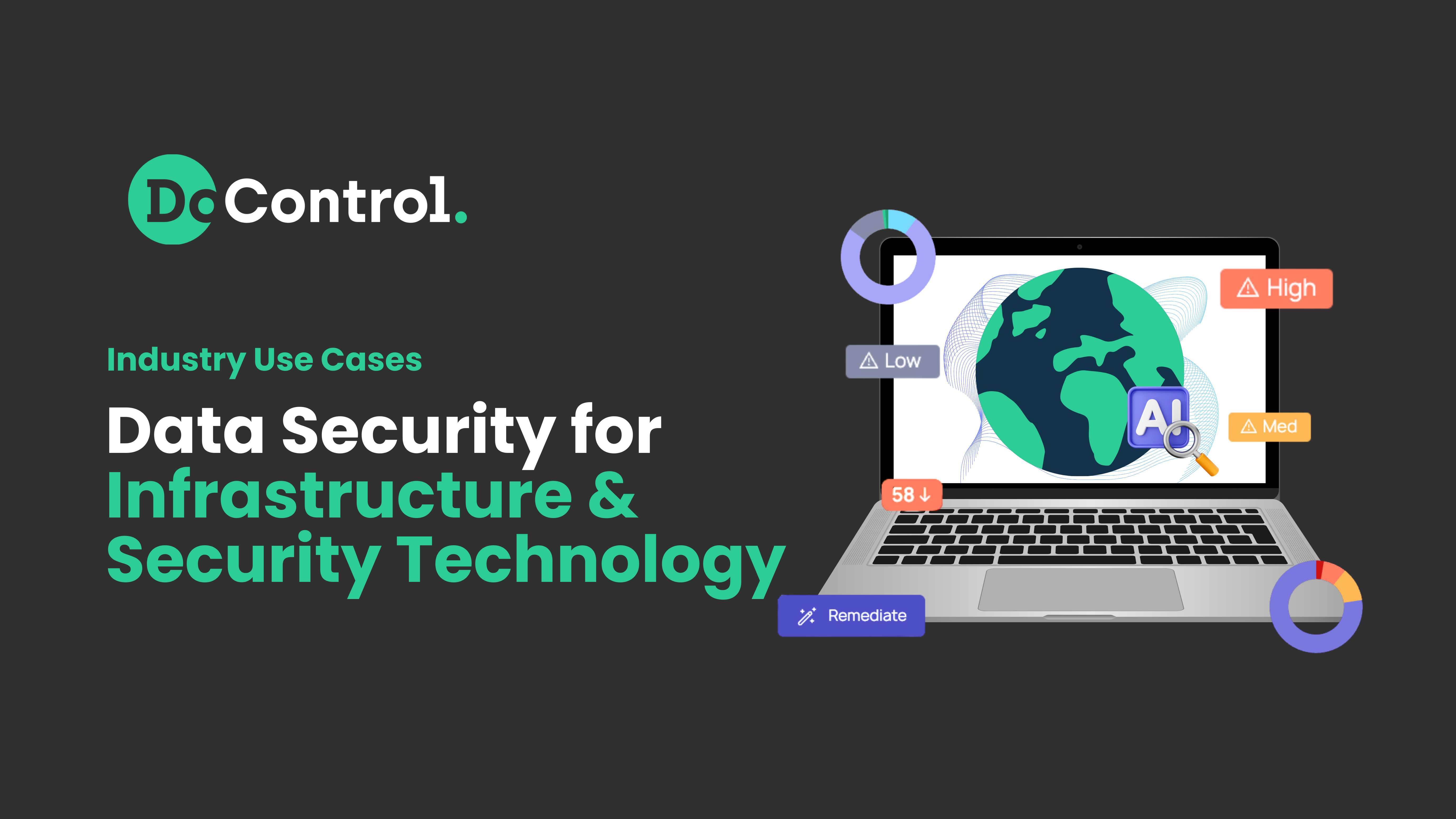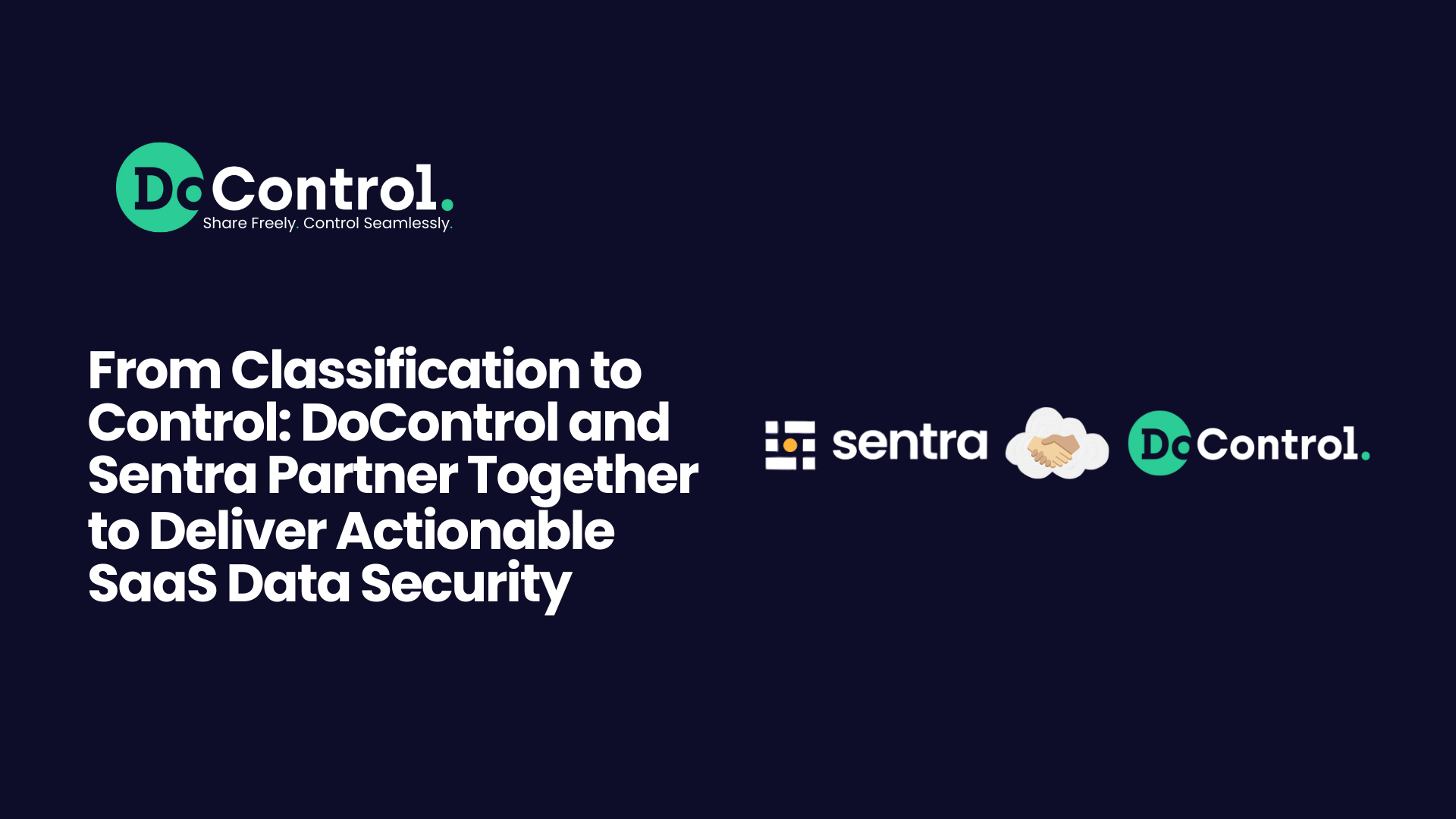
Revealing its comprehensive nature, the SaaS Security Platform (SSP) is designed to take cybersecurity to new levels. Discover the complex world of SaaS Security Platforms, offering insights into their critical role in addressing evolving threat models and providing actionable strategies for security leaders.
The rapid adoption of Software as a Service (SaaS) applications has transformed the modern business landscape, offering unparalleled flexibility and scalability. However, this shift towards decentralized SaaS environments brings forth unique security challenges.
To address these challenges, SaaS Security Platforms (SSP) have become essential solutions, requiring a centralized approach to secure intricate and diverse SaaS ecosystems.
What is a SaaS Security Platform (SSP)?
SaaS Security Platforms are designed to provide end-to-end security across diverse SaaS environments. They offer centralized solutions for administration, access control, and threat mitigation. In this market, various SSP solutions providers emerge, each contributing to the consolidation of cloud security vendors.
The SaaS market's significant size and continued growth serve as a primary driver for developing and adopting SSPs as businesses increasingly recognize the benefits of SaaS adoption.
As companies adopt the benefits of scalability, flexibility, and cost-effectiveness offered by SaaS, the need for solid security solutions, such as SSPs, continues to grow. Within this dynamic landscape, specific solutions like point solutions and niche players meet specific security needs within the diverse and expanding world of SaaS applications.
Critical Capabilities of SSP Solutions
From effective data access controls ensuring the least privileged access to user activity monitoring crucial for identifying insider threats, unauthorized access attempts, and suspicious behavior, SSP solutions navigate the complex challenges of modern cybersecurity.
The following capabilities form a robust framework to meet the dynamic demands of securing SaaS applications and data.
- Data Access Controls: Effective access controls based on user attributes and risk levels ensure the least privileged access, mitigating the risk of unauthorized access and data exposure.
- User Activity Monitoring: Crucial for detecting insider threats, unauthorized access attempts, and suspicious behavior, user activity monitoring involves logs, session tracking, and behavior analytics.
- Misconfiguration Protection: SSP solutions should detect and remediate misconfigurations, ensuring compliance with internal policies and safeguarding access to SaaS applications.
- Threat Detection and Response: SSP solutions must incorporate advanced threat detection mechanisms, providing actionable intelligence and automated remediation paths to counter security threats effectively.
- Data Loss Prevention (DLP): SaaS DLP features prevent unauthorized data transmission or exposure, enforcing data protection policies and ensuring compliance with data privacy regulations.
- Compliance and Regulatory Support: SSP solutions should support compliance with relevant regulations, incorporating features such as data access controls, audit logs, data residency options, and data retention policies.
- Shadow IT/Application Governance: Enforcing governance over Shadow IT and applications ensures secure interoperability, identifying and mitigating risks posed by sanctioned and unsanctioned applications.
- End User Engagement: Engaging with business users through data access reviews, managerial approvals, and organizational policy violation notifications establishes a balance between security and business enablement.
Challenges in SaaS Security
Misconfigurations, often arising from complex settings and configurations, pose a significant threat, potentially leading to unauthorized access and data exposure. The prevalence of shadow IT and shadow apps introduces another layer of complexity, as unsanctioned applications with varying security levels can compromise the overall security posture.
A high total cost of ownership (TCO) and talent shortage add to the difficulties, with organizations grappling to afford and source the expertise required to manage and secure their SaaS environments effectively. Furthermore, security blind spots, areas where traditional security measures may fall short, create vulnerabilities that adversaries can exploit.
Addressing these challenges requires a comprehensive and proactive approach to SaaS security to safeguard against potential threats and vulnerabilities in the dynamic SaaS ecosystem.
The Centralized Strategy
SSP providers leveraging event-driven, agentless technologies powered by APIs and webhooks, along with ready-made integrations, provide an optimal strategy for securing diverse SaaS environments.
Due to the decentralized nature of SaaS, having a unified view becomes essential for efficient administration, provisioning, access control, identity and resource management, discoverability, and addressing configuration drift.
Modern Approaches to SaaS Security
The market for SaaS security is diverse, encompassing various approaches such as SaaS Security Posture Management (SSPM), Cloud Access Security Broker (CASB), SaaS Service Mesh, SaaS Management Platform (SMP), and Insider Risk Management (IRM).
However, the modern approaches prioritize specific security aspects, from monitoring end-user behaviors to tackling misconfigurations and shadow IT challenges. Each approach contributes a unique perspective, offering organizations a comprehensive toolkit to fortify their SaaS security measures.
- User Risk-First: Continuous monitoring of end-user behaviors, classification based on risk, and streamlined remediation paths for high-risk events.
- Data-First: A data-centric approach involving creating a high-scale file inventory, correlating users and files, and manual/automated remediation to prevent data overexposure.
- Misconfiguration-First: Comprehensive mapping of SaaS configurations, continuous monitoring for drift, and automated remediation to ensure compliance and security.
- Shadow IT-First: Holistic discovery of all SaaS applications, monitoring and controlling installations, and automatic blocking high-risk applications.
- SaaS-to-SaaS-First: Continuous monitoring and detecting connections between internal and third-party applications, targeted alerts for high-risk events, and automated remediation workflows.
Market Observations and Direction
The current state of the SaaS security market reveals a notable fragmentation, with various approaches and solutions addressing distinct security aspects. This fragmentation poses challenges for modern businesses seeking comprehensive SaaS security, leading to the adoption of multiple tools and potentially increasing complexity and costs. However, within this fragmentation lies a significant opportunity for consolidation.
As the market matures, there is a growing realization of the need for more cohesive and integrated solutions. SSP vendors play a pivotal role in this landscape, providing a centralized approach to security that aligns with the diverse threat models organizations face.
DoControl, for instance, offers a unified, automated, risk-aware SaaS Security Platform that secures business-critical applications and data. By partnering with DoControl, you can reduce risk, prevent data breaches, and mitigate insider threats without slowing business enablement. By offering a comprehensive platform, we can bridge the gaps in the current market, addressing the complexities introduced by decentralized SaaS environments.
As the market moves towards consolidation, SSP vendors have the potential to emerge as key players, providing businesses with the unified and robust security solutions needed to navigate the evolving SaaS security landscape effectively.
Recommendations
To enhance SaaS security implementation, organizations should leverage existing tools for threat modeling, establish cross-functional teams for solution qualification, define success criteria, set clear expectations with vendors, and prioritize high-risk use cases during implementation, replacing legacy tools with chosen SaaS security platforms.
- SaaS Threat Modeling: Leverage existing tools or native SaaS security capabilities to identify threat models, providing a basis for solution qualification and proof of concept (POC).
- Solution Qualifications: Establish a cross-functional team to correlate identified threat models with SSP strengths, ensuring alignment with security program requirements and prioritizing risk-based use cases.
- Success Criteria: Define positive business outcomes, such as reducing OAuth tokens and misconfiguration of MTTR, to guide the SSP project and prioritize specific metrics for proof of concept.
- Evaluation: Set clear expectations with qualified vendors, focusing on the prioritized value proposition, SSP vendor approach, and alignment with critical capabilities and use cases.
- Implementation: Replace legacy tools with the chosen SSP, integrating it with existing technology stacks to address a wide range of SaaS security use cases. Prioritize scaling based on high-risk use cases to maximize effectiveness.
Navigating a Secure Digital Future
With their centralized approach and critical capabilities, SaaS Security Platforms offer a comprehensive strategy to safeguard against evolving threats. Organizations can navigate the dynamic landscape of SaaS security by adopting a meticulous evaluation process and focusing on specific success criteria, ensuring a secure and productive digital environment.



